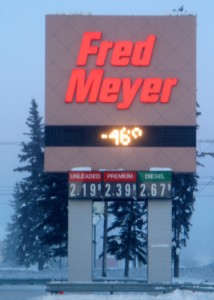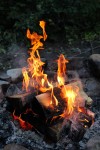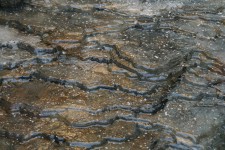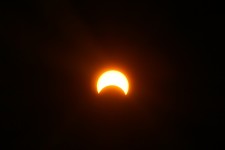What does cold mean to you: 32 degrees, 0 degrees or minus 20 degrees Fahrenheit? Mid-winter temperatures of 32 degrees Fahrenheit are balmy for someone living in Fairbanks, Alaska but frigid for someone in Phoenix, Arizona.
Everyone’s idea of cold or hot is relative until it is correlated to a temperature scale. The two most common temperature scales are Fahrenheit and Celsius. Water freezes at 32 degrees Fahrenheit and zero degrees Celsius.
No matter which temperature scale is used, the temperature has to be measured in some manner. Thermometers provide a temperature sensor and a means of conveying the information so it is useful to the observer.
We use thermometers to check the outside temperature, set the thermostat or check the temperature of meat on the grill. There are several different ways temperature is measured.
The most basic thermometer is the glass bulb thermometer, often with a red liquid inside a tube. In 1709, German physicist Daniel Gabriel Fahrenheit invented the glass bulb thermometer based on thermal expansion.
Under the principal of thermal expansion, when a substance becomes hotter it expands to a greater volume and when a substance becomes colder it occupies less volume. The increase or decrease in volume in a consistent-sized tube is proportional to temperature.
Glass tube thermometers are calibrated using known temperatures–the freezing and boiling points (212 degrees Fahrenheit) of water. Testing a candy thermometer in boiling water can determine the accuracy of the thermometer.
Meat and patio thermometers with the dial on a circular scale measure temperature through bi-metallic strips. The bi-metallic strips are wrapped into a coil with one end attached to the housing of the thermometer and the other to the indicating needle. The two strips of metal are different and, therefore, expand and contract at different rates in response to temperature. As they expand or contract, the metal bends a certain direction and changes the position of the needle.
Digital thermometers use heat sensitive liquid crystals to measure temperature. Thermocouples in weather stations and thermostats measure the electrical potential between two different alloys joined together and the difference is related to the temperature.
Other factors influence what the temperature actually feels like to us instead of the temperature indicated on the thermometer. Anyone who has been outside on a windy, winter day knows that the temperature feels colder than what is indicated–a factor known as wind chill.
Wind chill is based on the rate of heat loss from exposed skin by wind and temperature. More wind cools the body faster and makes a person feel colder. At zero degrees Fahrenheit and a 15 mph wind, the wind chill is minus 19 degrees Fahrenheit.
Another factor that influences what the temperature feels like, especially during summer, is humidity. High humidity causes those muggy, sauna-like days of summer when sweat won’t evaporate.
The most common measurement of humidity is relative humidity. Relative humidity is the ratio of how much water vapor is in the air compared to the highest possible amount of water vapor that could be in the air at a given temperature. One hundred percent humidity means the air is completely saturated.
For people, sweating keeps the body cool and sweat cannot evaporate if the air is saturated. If the relative humidity is low, then we feel cooler than the actual temperature because sweat evaporates more easily. At 75 degrees Fahrenheit with zero percent relative humidity, the air temperature feels like 69 degrees Fahrenheit. Change the relative humidity to 100 percent and the temperature feels like 80 degrees.
Between humidity and wind chill, the temperature we feel outside can vary significantly from what the thermometer indicates, adding more ambiguity to one’s definition of cold or hot.






i want to create thermostat , using this project based.. just adding a relay to control on/off of bulb.. thanks..
In some situations where we need precise and accurate measurements and where a few degrees matter a lot, we need to use more sophisticated instruments. So, under such circumstances, digital thermometers are the best option. They can provide much more accurate results in just few seconds. They are also simple to use and temperatures can be measured by just a push of the button.